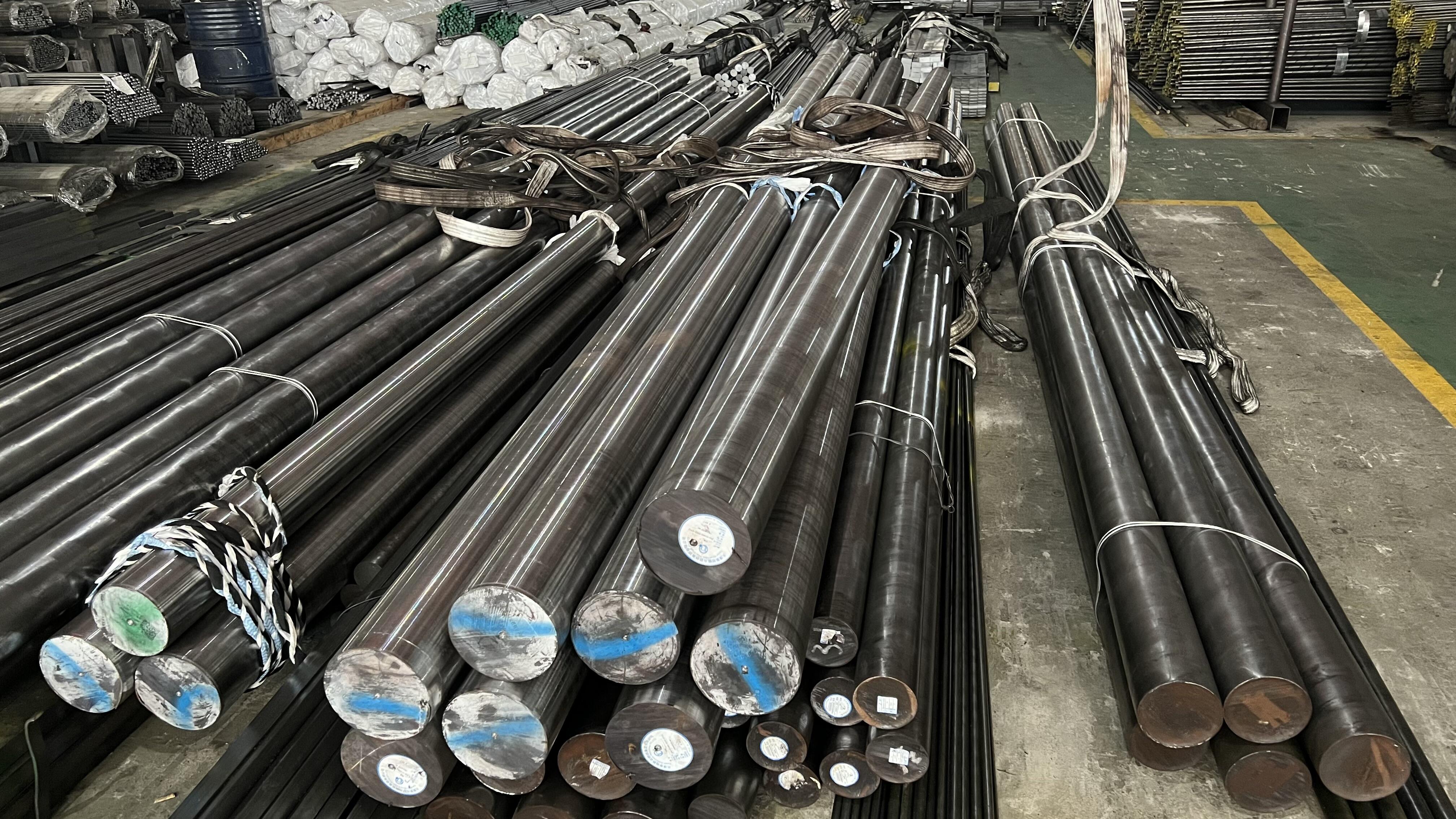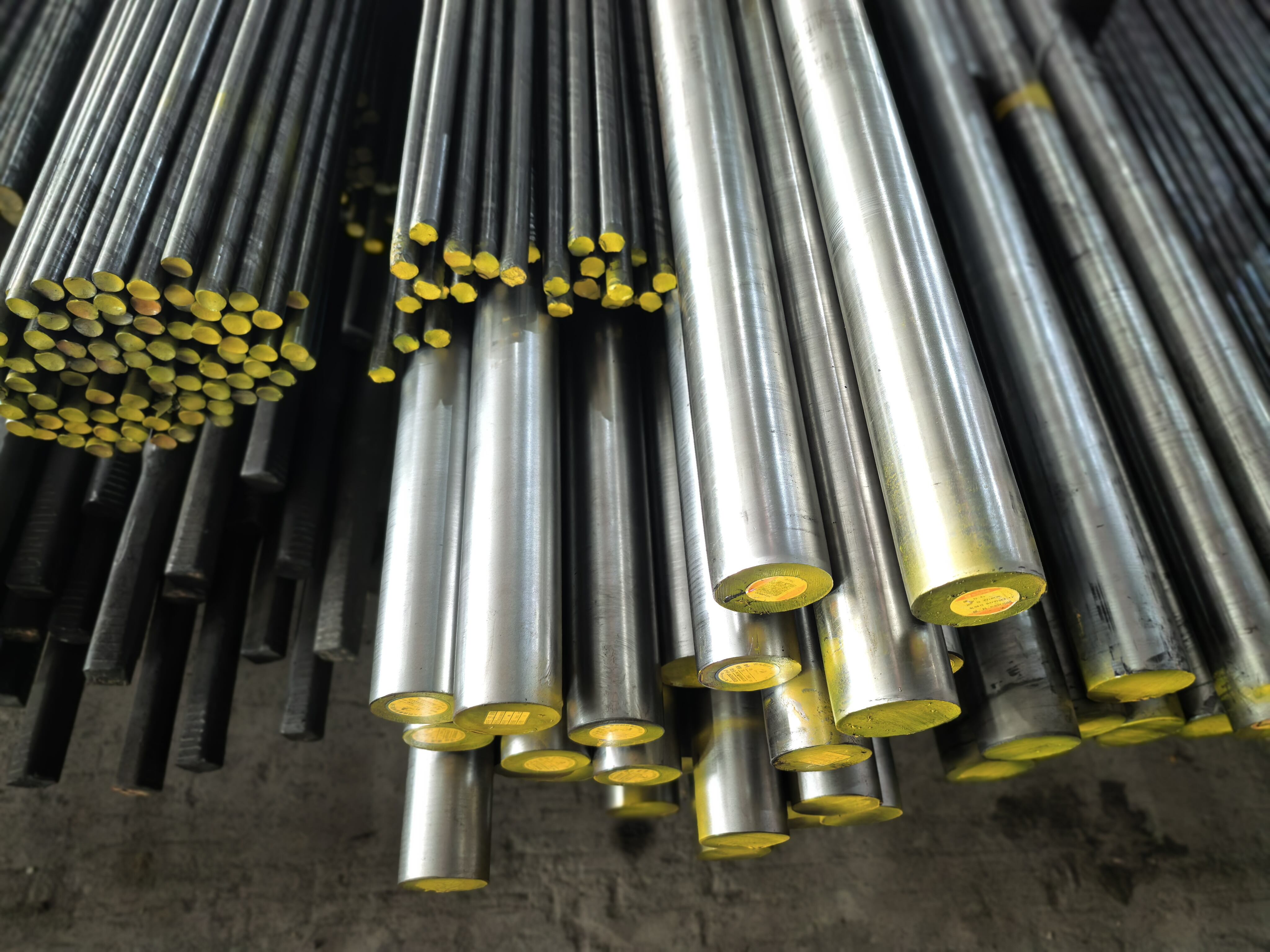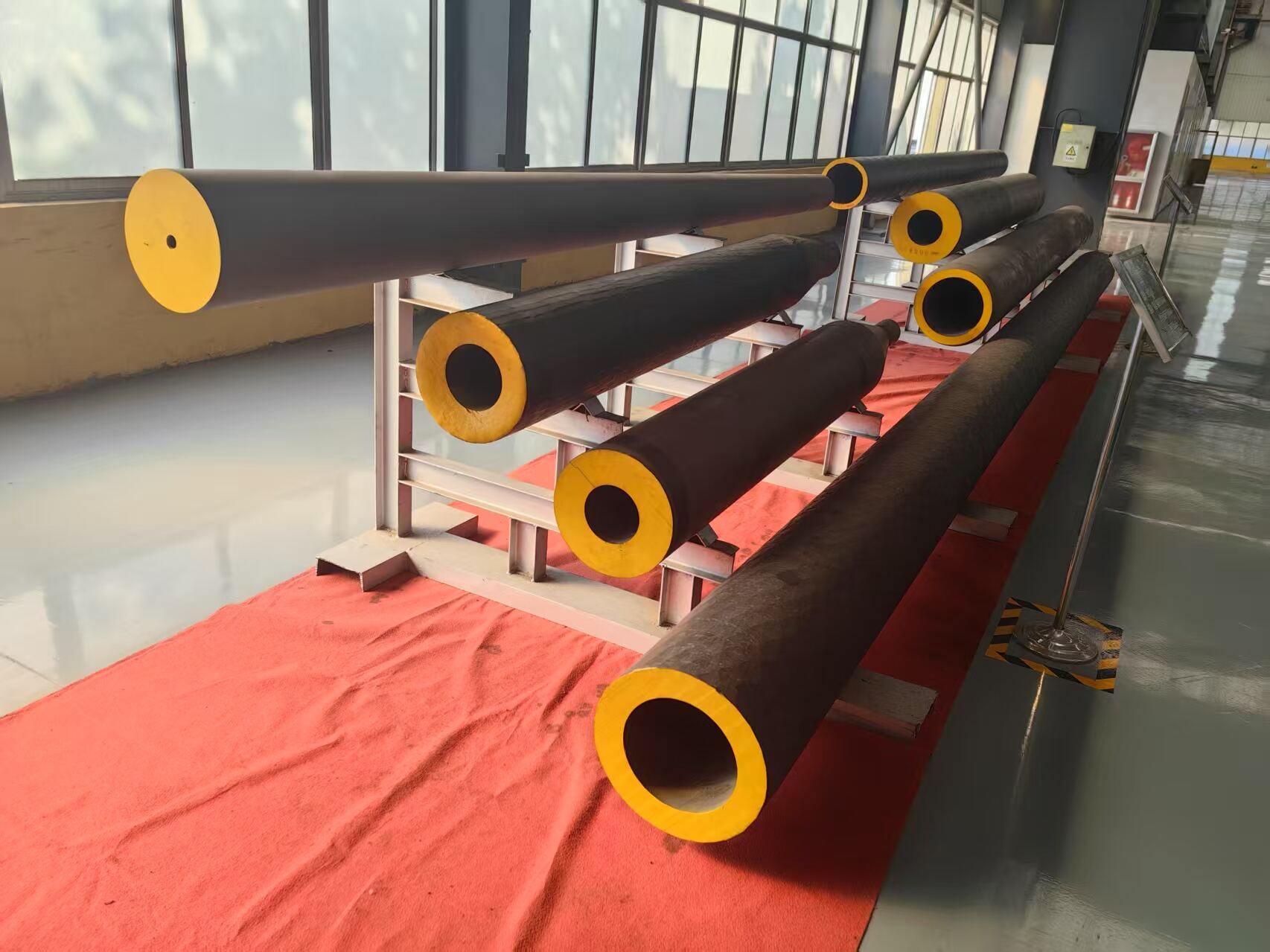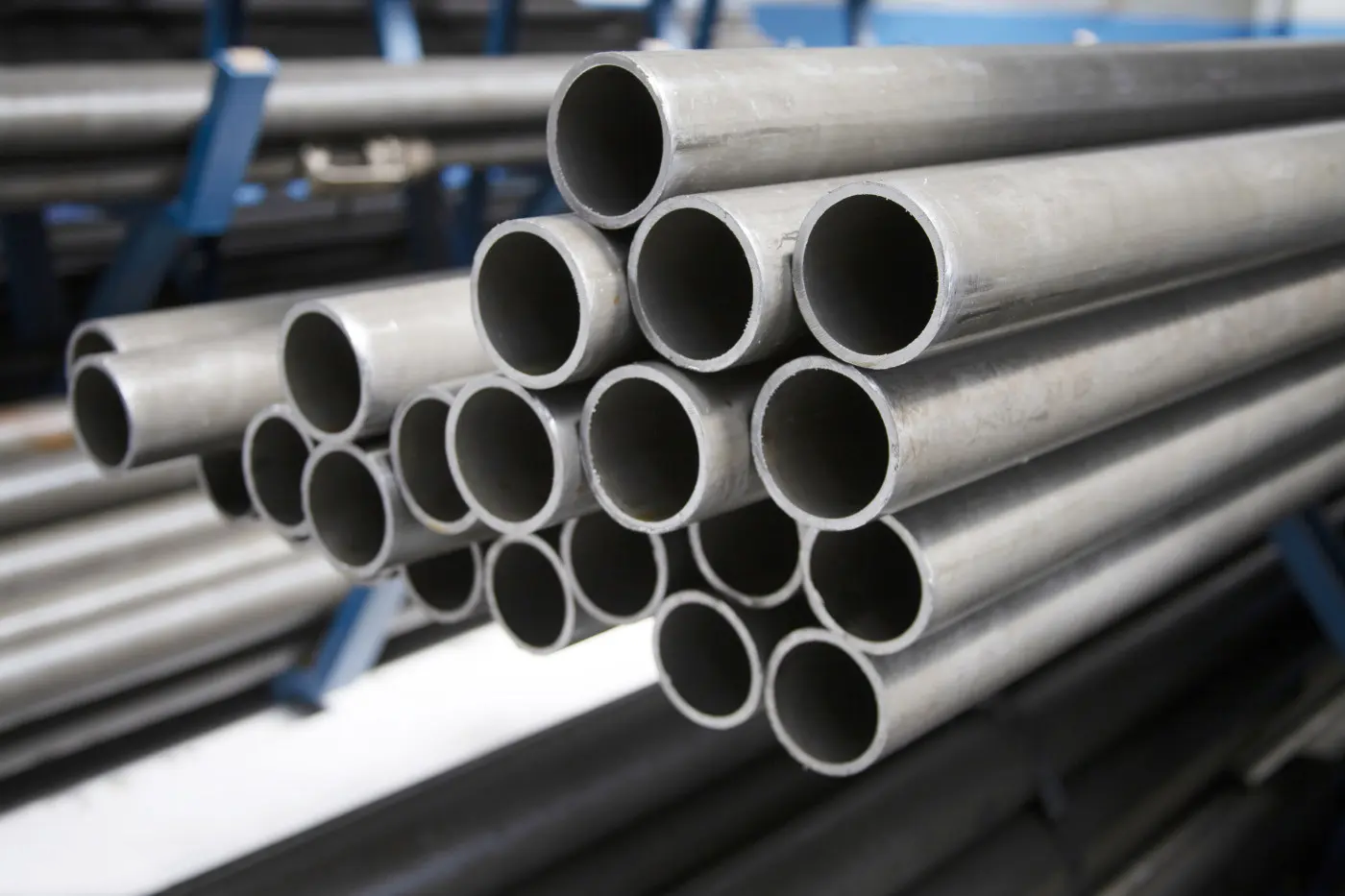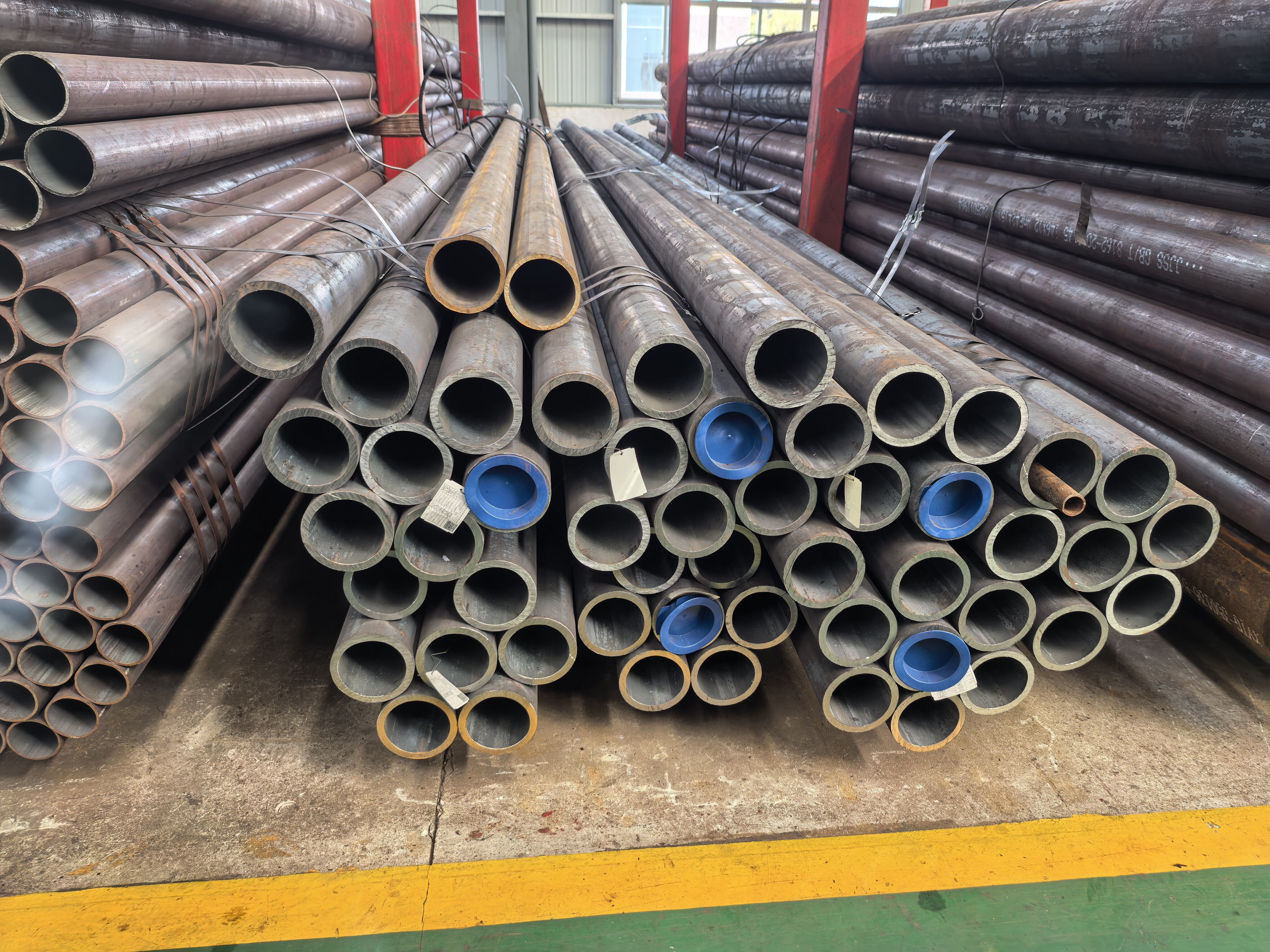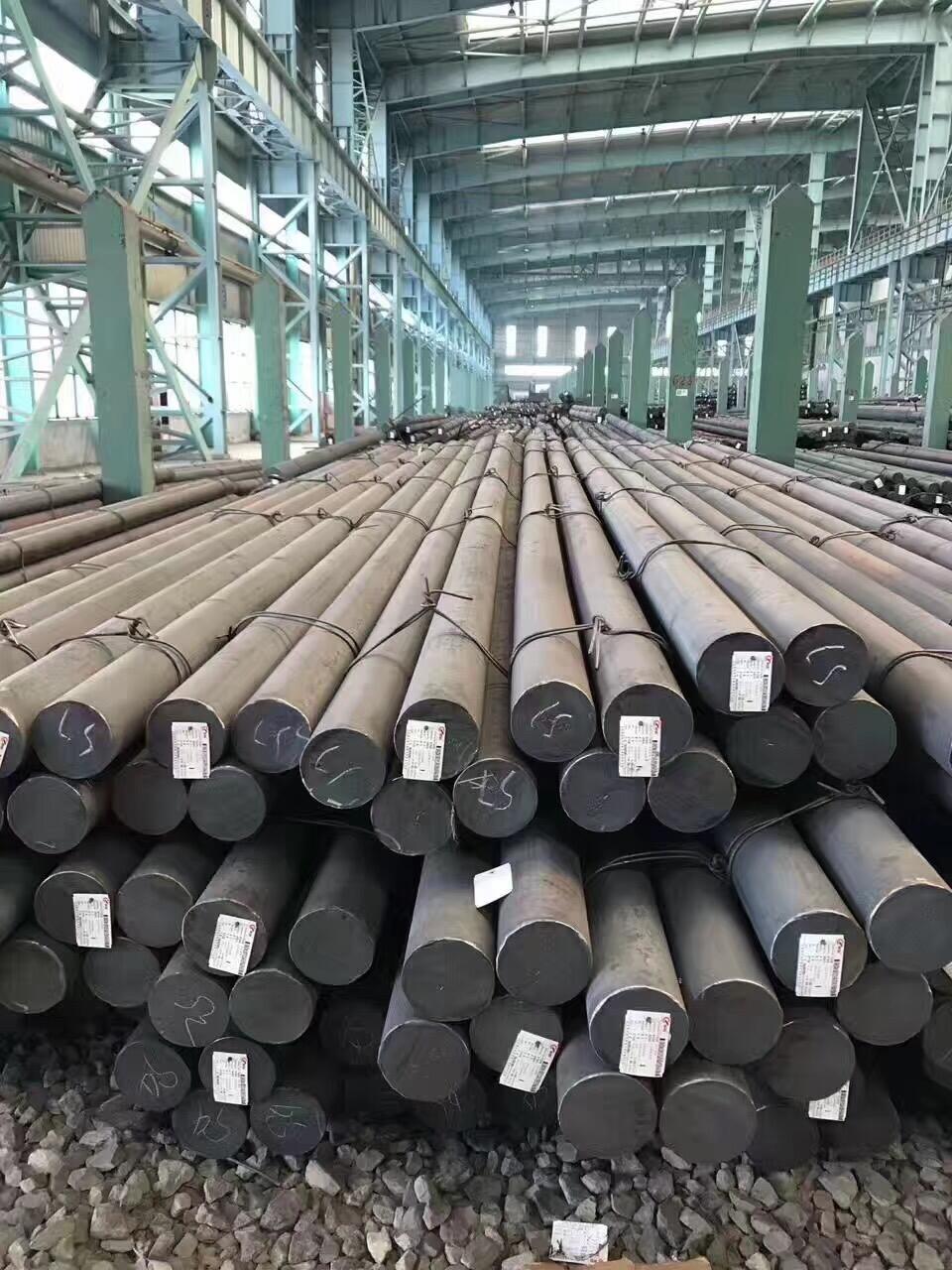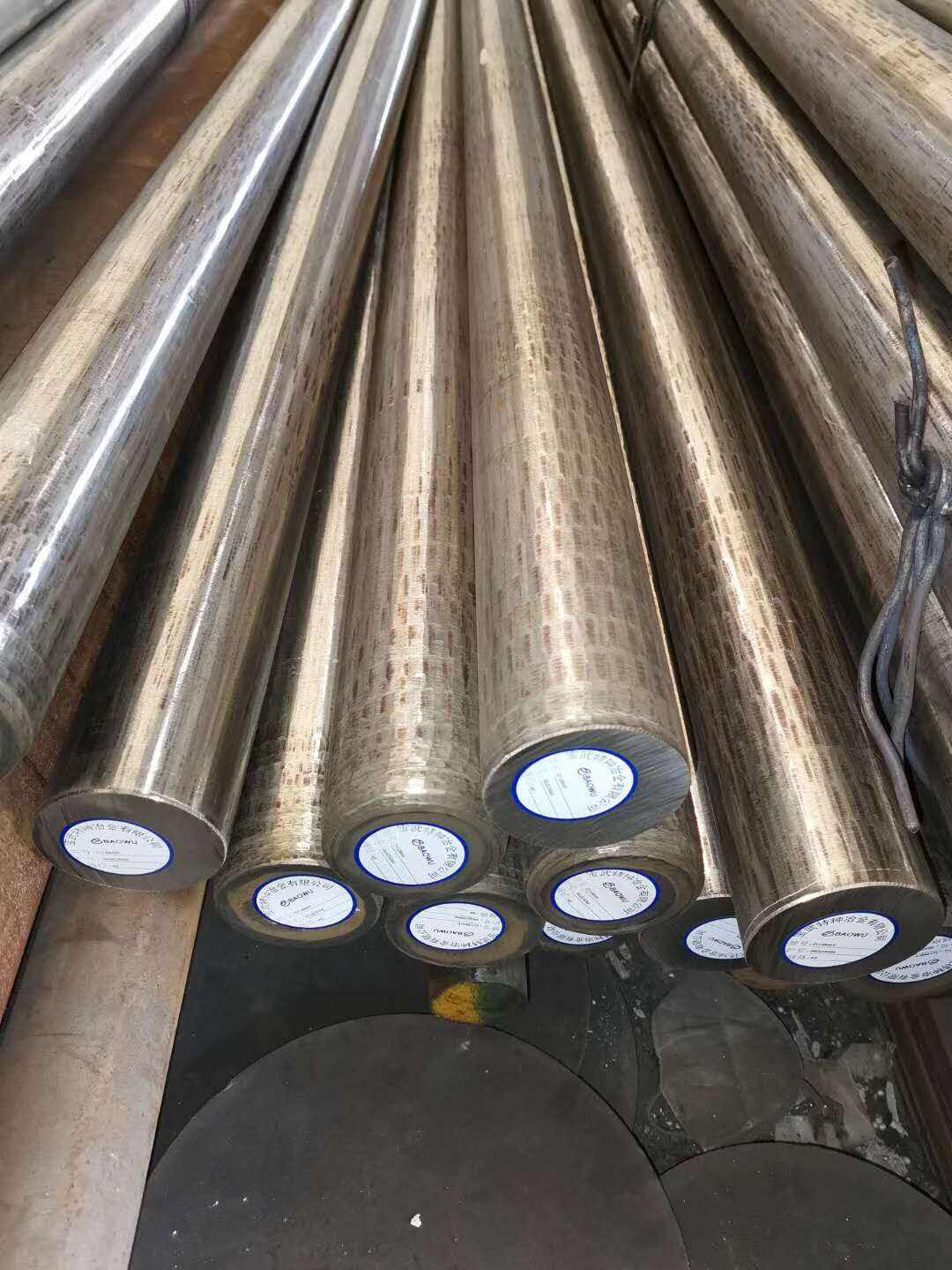low alloy steel grades
Low alloy steel grades represent a sophisticated category of metallic materials that combine iron with small amounts of alloying elements, typically containing less than 8 percent total alloy content. These specialized steel compositions integrate elements such as chromium, molybdenum, nickel, vanadium, and manganese to enhance specific mechanical properties while maintaining cost-effectiveness. The primary function of low alloy steel grades involves providing superior strength-to-weight ratios compared to conventional carbon steels, making them ideal for structural applications requiring enhanced performance characteristics. Technological features of low alloy steel grades include improved hardenability, which allows for uniform hardening throughout thicker sections, and enhanced toughness at low temperatures. These materials demonstrate excellent weldability properties, enabling fabricators to join components without compromising structural integrity. The controlled addition of alloying elements in low alloy steel grades creates fine-grained microstructures that contribute to superior mechanical properties. Applications for low alloy steel grades span numerous industries, including construction, automotive manufacturing, oil and gas exploration, and heavy machinery production. In construction projects, these materials serve as reinforcement bars, structural beams, and building frameworks where high strength and durability are essential. The automotive industry utilizes low alloy steel grades for chassis components, suspension systems, and safety-critical parts that must withstand dynamic loading conditions. Oil and gas operations depend on these materials for pipelines, drilling equipment, and offshore structures exposed to harsh environmental conditions. The versatility of low alloy steel grades makes them suitable for pressure vessels, boilers, and industrial equipment operating under elevated temperatures and pressures, demonstrating their broad applicability across diverse engineering applications.





